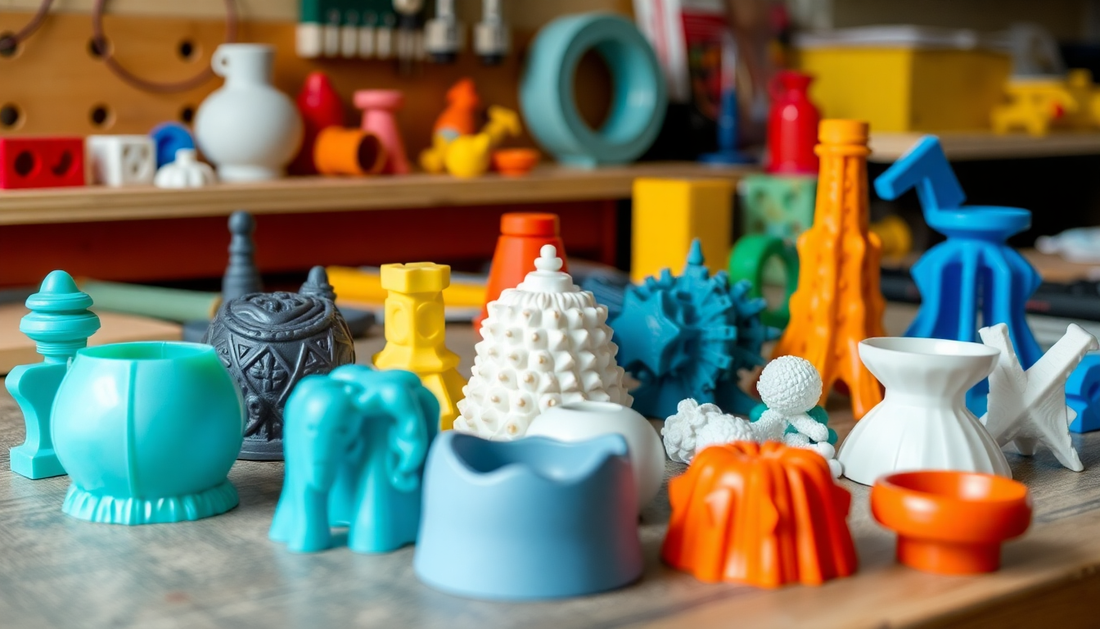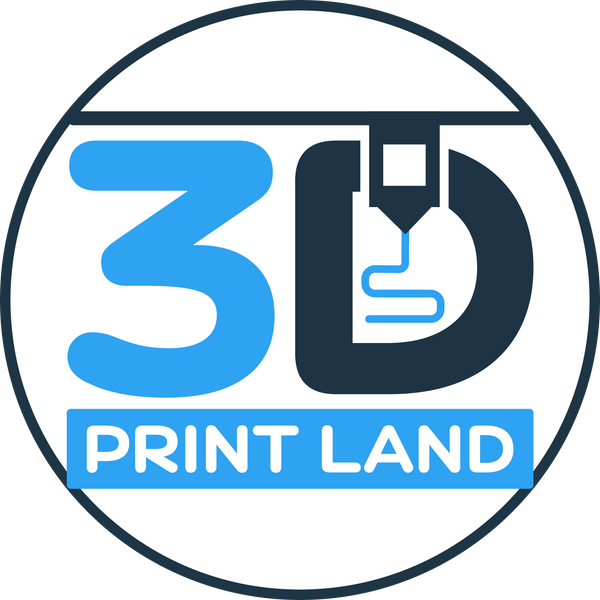
Unlocking Creativity: How Custom 3D Prints Can Transform Your Ideas into Reality
Share
Introduction
In today’s fast-paced world, creativity is the driving force behind innovation. One of the most exciting technologies that has emerged recently is 3D printing, which has the power to transform your ideas into tangible creations. This article explores how custom 3D prints can unlock your creativity and bring your concepts to life, offering a gateway to endless possibilities.
The Magic of 3D Printing
3D printing, also known as additive manufacturing, is a revolutionary process that builds objects layer by layer from digital models. Unlike traditional manufacturing methods, which often require expensive moulds and extensive setup, 3D printing allows for rapid prototyping and production without the need for large-scale investments. Here are some key benefits of 3D printing:
- Cost-Effective: 3D printing eliminates the need for expensive manufacturing processes, making it an affordable option for creating prototypes and custom items. This democratization of manufacturing enables anyone with a great idea to bring it to life.
- Speed: Rapid prototyping enables you to move quickly from concept to creation, allowing for faster iterations and improvements. Designers can test their ideas in real-time, making adjustments as needed without extensive delays.
- Customization: You can upload your own models and get instant quotes, ensuring that your designs are unique and tailored to your needs. This level of personalization is unmatched in traditional manufacturing.
- Complexity Made Easy: 3D printing allows for the creation of intricate designs that would be impossible to achieve with conventional methods. This opens up a world of creative possibilities for artists and designers.
Transforming Ideas into Reality
Whether you are an artist, designer, or simply someone with a creative idea, custom 3D prints can help you realize your vision. The technology is versatile and can be applied across various fields. Here are some applications of custom 3D printing that can inspire your creativity:
- Home Décor: Create personalized items like vases, wall art, or decorative bowls that reflect your style. Custom 3D printed home décor can serve as conversation starters and add a unique touch to any room.
- Jewellery: Design unique jewellery pieces that stand out, using materials that suit your aesthetic. From intricate rings to bespoke necklaces, the possibilities for personalization are limitless.
- Cosplay: Bring your favourite characters to life with custom props and costumes that fit perfectly. 3D printing allows cosplayers to create highly detailed and tailored pieces, enhancing their overall experience.
- Toys and Models: Craft intricate models or bespoke toys that can’t be found in stores. This is particularly appealing for collectors or parents looking for unique gifts.
- Functional Prototypes: Entrepreneurs can use 3D printing to create prototypes of their products, allowing them to test functionality and design before going into mass production.
- Art and Sculptures: Artists are increasingly using 3D printing to create complex sculptures that challenge traditional notions of form and material. This technology can help artists push the boundaries of their creativity.
Choosing the Right Materials
When it comes to 3D printing, the material you choose can significantly affect the outcome of your project. Here are some popular materials used in 3D printing, each with its own unique properties:
- PLA (Polylactic Acid): A biodegradable plastic that is great for indoor applications and low-stress items. It is easy to print and offers a wide variety of colours and finishes.
- ABS (Acrylonitrile Butadiene Styrene): Known for its strength and durability, ABS is ideal for outdoor use and high-stress applications. It can withstand higher temperatures, making it a good choice for functional parts.
- PETG (Polyethylene Terephthalate Glycol): A versatile material that combines the ease of printing of PLA with the durability of ABS. PETG is resistant to impact and moisture, making it suitable for a variety of applications.
- Specialty Filaments: Explore options like wood-filled or nylon-infused filaments for unique textures and properties. These materials can provide aesthetic enhancements and functional benefits.
- Resins: Used in SLA (Stereolithography) printers, resins can produce highly detailed prints with smooth finishes. They are ideal for intricate designs but typically require post-processing.
Finding Inspiration and Resources
To get started with your custom 3D prints, numerous online platforms offer inspiration and resources. Websites like Thingiverse provide a vast collection of user-uploaded models that you can use or modify. Additionally, many 3D printing services allow you to upload your designs for printing, making the process seamless. Here are some resources to consider:
- Thingiverse: A popular platform where users share free 3D models that can be downloaded and printed.
- MyMiniFactory: This site offers a curated collection of 3D models, with a focus on quality and usability.
- Shapeways: A 3D printing service that allows you to upload your designs and have them printed and shipped directly to you.
- Fusion 360: A powerful CAD software that enables you to design complex models for 3D printing.
- Online Communities: Join forums and social media groups dedicated to 3D printing, where you can share ideas, ask questions, and collaborate with others.
The Future of Custom 3D Printing
The future of custom 3D printing is bright, with advancements in technology continually expanding its capabilities. As materials improve and printers become more accessible, we can expect to see 3D printing integrated into various industries:
- Healthcare: From prosthetics to bioprinting tissues, 3D printing is revolutionizing the medical field by providing custom solutions tailored to individual patients.
- Construction: The use of 3D printing in construction allows for the rapid creation of building components or even entire structures, reducing waste and labour costs.
- Education: 3D printing is becoming a valuable tool in educational settings, allowing students to engage in hands-on learning and creative problem-solving.
- Fashion: Designers are using 3D printing to create innovative clothing and accessories that challenge traditional fashion norms.
Conclusion
Custom 3D printing is a powerful tool that can unlock your creativity and turn your ideas into reality. Whether you're looking to design unique home décor, create personalized jewellery, or develop innovative prototypes, the possibilities are endless. The accessibility and versatility of 3D printing technology make it an invaluable asset for anyone with a creative spirit.
Embrace the world of 3D printing and watch your imagination come to life! With the right tools, materials, and a little inspiration, you'll be well on your way to transforming your creative ideas into stunning realities.
